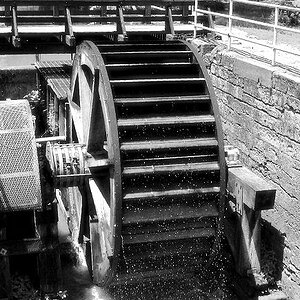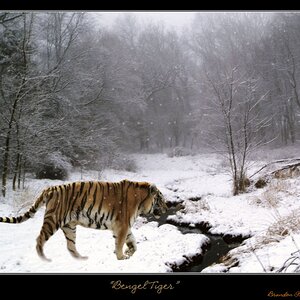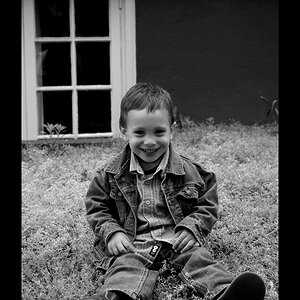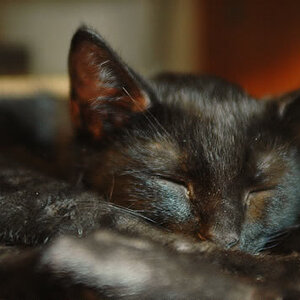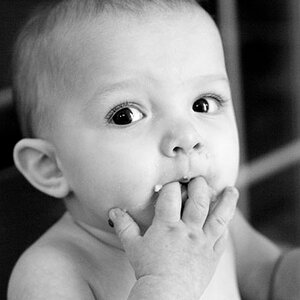Mikeyb90
No longer a newbie, moving up!
- Joined
- Feb 9, 2013
- Messages
- 126
- Reaction score
- 34
- Location
- Ohio, US
- Can others edit my Photos
- Photos OK to edit
This product says it does front curtain sync, is that the same as high speed sync? My friends are having a surprise birthday/engagement and asked me to be there for the moment. I need a speed light in a hurry so I wanna try this out. Will it work?


Sent from my iPhone using Tapatalk


Sent from my iPhone using Tapatalk






![[No title]](/data/xfmg/thumbnail/40/40309-c759bfd4ae7c079632e7402d21d332f1.jpg?1619739414)
![[No title]](/data/xfmg/thumbnail/40/40308-f92e28f094216c151f3ad1fd7453c99b.jpg?1619739413)
